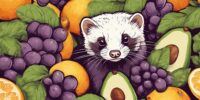What Is the Significance of a Ferret's Coat Color?
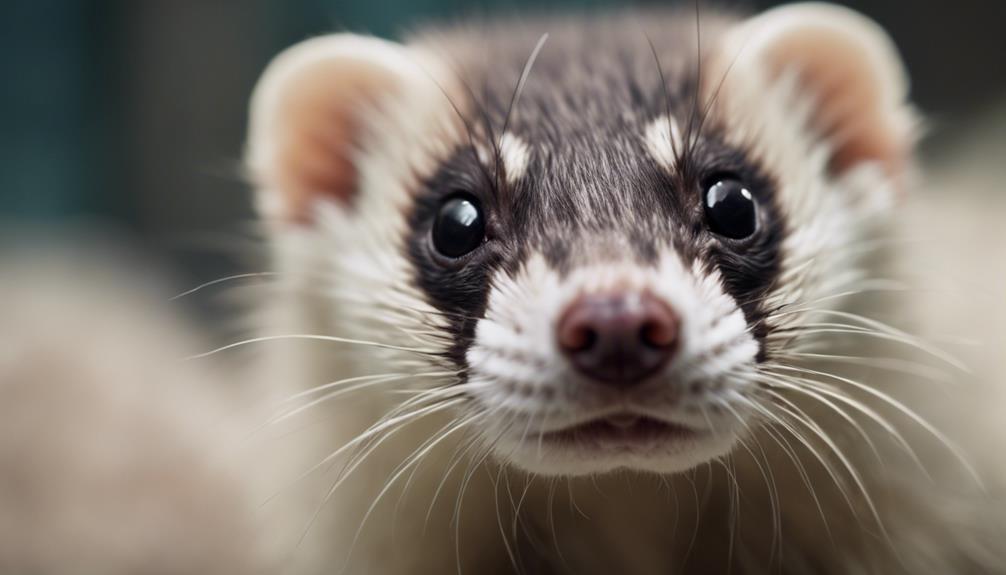
The coat color of a ferret is more than just a cosmetic trait; it can have significant implications for the animal in various aspects of its life.
Genetically, coat color is determined by specific genes that can also influence other traits and health conditions.
Behaviorally, certain coat colors have been associated with different temperaments and characteristics in ferrets.
From a breeding perspective, understanding the genetics of coat color is crucial for producing desired traits in offspring.
These factors highlight the importance of considering a ferret's coat color in various contexts to ensure their well-being and proper breeding practices.
Genetic Basis of Coat Colors
Unraveling the Mystery of Ferret Coat Colors
Have you ever wondered how ferrets get their unique coat colors? Let's dive into the genetic magic behind these furry friends' fabulous looks!
- Ferrets inherit specific genes from their parents that determine their coat colors.
- Different genes work together to produce pigments that give ferrets their diverse hues and patterns.
- Melanocytes, special cells in ferrets, create pigments like eumelanin and pheomelanin, shaping their coat colors.
- The genetic instructions in a ferret's DNA control the type and amount of pigment produced, leading to the wide array of coat colors we see.
Why is understanding this important?
- Breeders and veterinarians can make better decisions about breeding practices and health assessments.
- Knowing how coat colors are inherited helps in providing the best care for these adorable pets.
The genetic basis of ferret coat colors is like a fascinating puzzle waiting to be solved. By unlocking its secrets, we can ensure our ferret friends are happy and healthy!
Health Indicators in Coat Colors
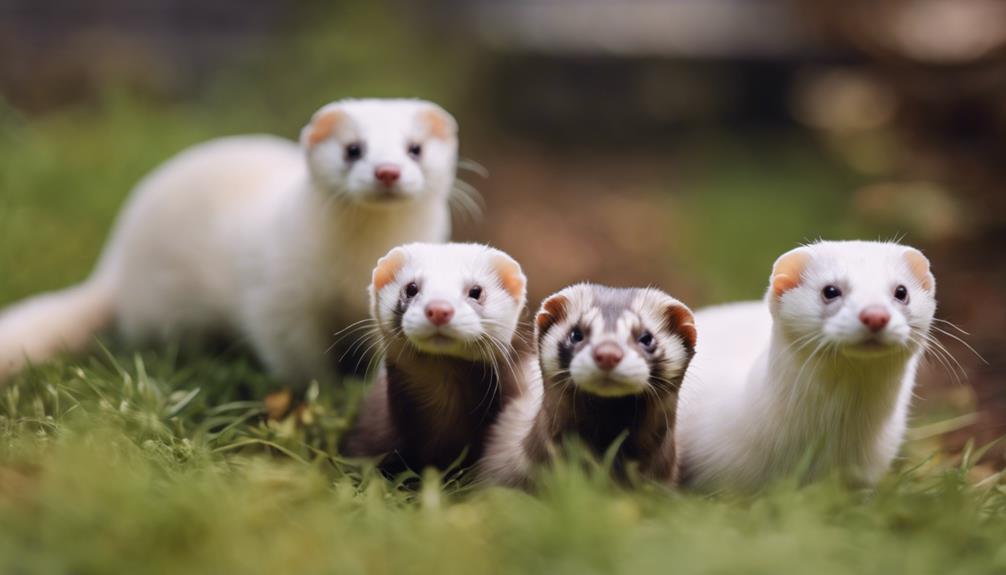
Unraveling the Link Between Ferret Coat Colors and Health
Have you ever wondered how a ferret's coat color could reveal insights into their health? Let's dive into the fascinating world of ferret colors and their potential health indicators:
- Albino ferrets, with their lack of pigment, are more susceptible to sunburns and skin issues.
- Darker-colored ferrets, like sables, might've a higher risk of adrenal gland problems.
Did you know that stress levels in ferrets can also be connected to their coat colors? Here's a glimpse into this intriguing relationship:
- Lighter coat colors could make ferrets more sensitive to environmental stressors.
- Darker coat colors might lead to different stress responses in ferrets.
Behavioral Implications of Coat Colors

How Does a Ferret's Coat Color Impact Its Behavior?
Have you ever wondered how the color of your ferret's coat might affect its behavior? Let's explore how these furry companions may behave differently based on their coat colors:
- Social Butterflies or Shy Types: Did you know that lighter-colored ferrets tend to be more outgoing and sociable, while darker-colored ones may be a bit shyer and reserved?
- Hunters at Heart: Some coat colors might bring out the hunting instincts in ferrets, leading to differences in how they play and interact with their environment.
- Social Dynamics: The color of a ferret's coat can influence how they interact with other ferrets, affecting their place in the group and their bond with others.
- Training Differences: Have you noticed that ferrets of different colors respond differently to training? Some colors may be more inclined towards certain types of learning methods.
Understanding these nuances can help you create a better environment for your ferret and strengthen your bond with your furry friend.
Rare and Unique Coat Colors
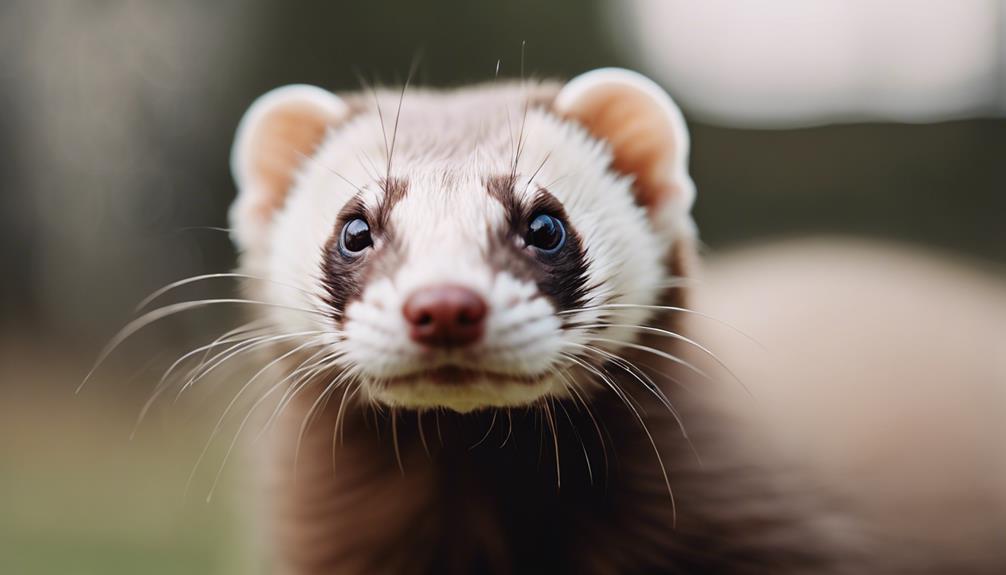
Rare and unique coat colors in ferrets often showcase exotic fur patterns and genetic color variations. These distinctive colors can be intriguing to ferret enthusiasts and breeders alike, sparking interest in the genetic factors that contribute to their appearance.
Understanding these rare coat colors can offer insights into the complex world of ferret genetics and the intriguing diversity that exists within this popular small pet species.
Exotic Fur Patterns
Unveiling the Mysteries of Exotic Ferret Fur Patterns
Have you ever wondered about the mesmerizing colors and patterns found in ferrets' fur? Let's explore the fascinating world of exotic fur patterns in these curious creatures! Here are some key points to consider:
- Ferrets boast a wide range of coat patterns that are simply stunning to behold.
- Dive into the intricate realm of color genetics to unravel the secrets behind these captivating hues.
- Marvel at the mesmerizing marbling and roan patterns that create breathtaking visuals on ferrets' coats.
- Discover the adorable panda patterns that give ferrets a unique and lovable appearance.
These exotic fur patterns not only make ferrets look even more enchanting but also offer valuable insights into the genetic makeup that determines their coat colors. Understanding these rare and extraordinary color variations helps us appreciate the beauty and complexity of these amazing creatures even more. Let's embark on this colorful journey together!
Genetic Color Variations
Unraveling the Secrets of Ferret Coat Colors
Have you ever wondered why ferrets come in so many unique coat colors? Let's dive into the world of genetics to uncover the fascinating reasons behind these variations!
- Ferrets have a special genetic makeup that gives them a wide range of coat colors.
- Selective breeding practices have allowed enthusiasts to create a variety of stunning patterns and shades in ferrets.
- These rare coat colors not only look cool but also show how adaptable ferrets can be in different environments.
Coat Color Changes With Age
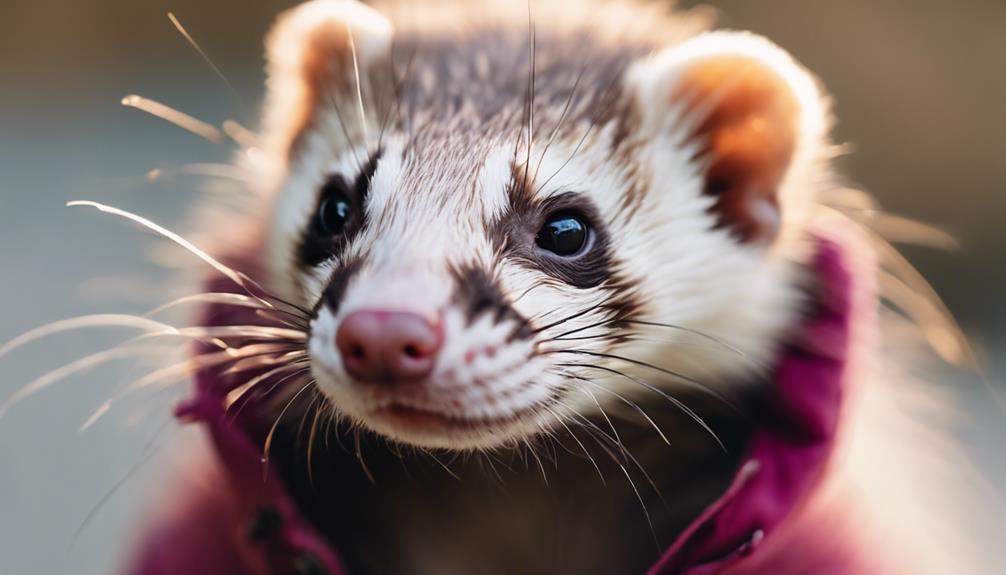
Why Do Ferrets Change Color as They Get Older?
Have you ever noticed how a ferret's coat color can shift as it grows older? Let's dive into the fascinating world of ferret fur changes and discover why this happens!
Hormonal Magic: Imagine hormones like tiny artists painting the ferret's fur. As these hormones dance and change, they create new colors on the ferret's coat.
Pigment Power: Picture tiny dots of color in the ferret's fur. As the ferret grows up, these dots move around and gather in different areas, making the coat look different.
Nature's Touch: Think about how the sun can change your hair color. Similarly, a ferret's coat can be influenced by sunlight and temperature, giving it a fresh look.
Seasonal Secrets: Have you ever seen a ferret blend in perfectly with its surroundings? That's nature's way of helping them adjust their coat color during different seasons.
Coat Color and Breeding Practices
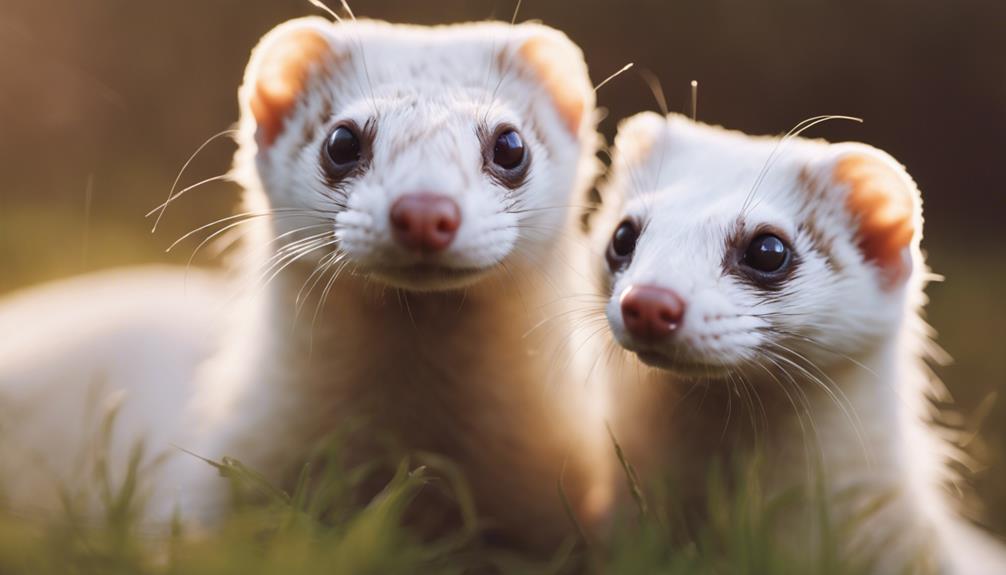
Unraveling the Secrets of Ferret Coat Colors
Have you ever wondered how ferrets get their unique coat colors? Let's dive into the fascinating world of breeding practices and genetics that shape these furry friends!
Coat Color Magic
- Ferret coat colors are influenced by breeding practices and genetic inheritance.
- Breeders carefully choose which ferrets to mate to achieve specific coat colors in offspring.
Understanding Coat Colors
- Sable: Dark brown with a lighter undercoat.
- Albino: White fur with red eyes due to a lack of pigment.
- Champagne: Light beige with a pink nose and dark eyes.
- Silver: White or cream with dark eyes and nose.
Breeding Standards
- Breeders follow specific standards to maintain consistent coat colors in ferrets.
- By selecting and breeding ferrets with desired colors, breeders can produce offspring with the expected coat colors.
Exploring the world of ferret coat colors reveals a blend of science and artistry, where breeders work their magic to create stunning furry companions with a rainbow of hues.
Misconceptions About Coat Colors
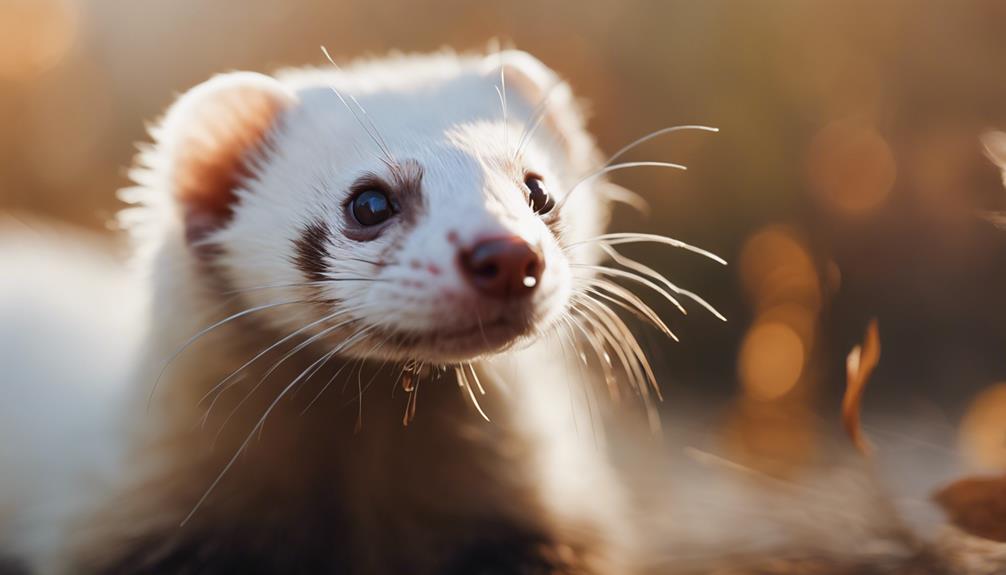
Unraveling the Mystery of Ferret Coat Colors
Have you ever wondered why ferrets come in different colors? Let's explore some common myths about ferret coat colors to uncover the truth!
- Do Coat Colors Predict Behavior? Contrary to popular belief, specific coat colors don't indicate certain traits or behaviors in ferrets. It's all about genetics!
- Cracking the Genetic Code: Understanding how coat colors are inherited can be tricky. Ferrets inherit their coat colors from their parents through a complex genetic process.
- The Influence of Culture: Did you know that cultural preferences can impact how we perceive certain coat colors in ferrets? It's fascinating how culture can shape our choices.
- Behind the Scenes of Breeding: While some may think breeders choose coat colors based on specific traits, breeding practices involve a lot more than just color selection. There are many factors at play!
Frequently Asked Questions
Can a Ferret's Coat Color Change Based on Its Diet or Environment?
A ferret's coat color typically doesn't change based on its diet or environment. While genetic mutations can lead to variations, the coat serves more for camouflage in the wild. Diet and environmental factors may impact coat health but not color.
Are There Any Superstitions or Beliefs Associated With Certain Coat Colors in Ferrets?
Cultural beliefs and superstitions surround ferret coat colors. Some link specific hues to luck or personalities. In ferret breeding, coat genetics play a role in selecting desirable traits. Understanding these elements can enhance breeding practices and pet care.
Can Coat Color Affect a Ferret's Sensitivity to Sunlight or Temperature?
A ferret's coat color can impact its sensitivity to sunlight and ability to regulate temperature. Light-colored coats may provide less protection from the sun, while darker coats can help retain heat, influencing their comfort in various conditions.
Are There Any Studies Linking Coat Color to Certain Personality Traits or Behaviors in Ferrets?
In behavioral studies of ferrets, researchers have explored potential links between coat color and personality traits. While findings are varied, some suggest associations between specific coat colors and certain behaviors, offering intriguing insights into ferret psychology.
Do Certain Coat Colors Make Ferrets More Prone to Certain Health Issues or Diseases?
Certain coat colors in ferrets may be associated with genetic predispositions to specific health issues or diseases. Understanding these correlations can aid in preventive care and early detection to safeguard the well-being of ferrets.



